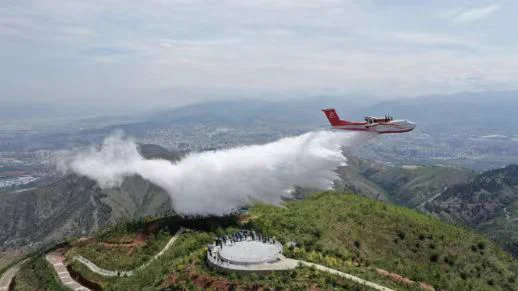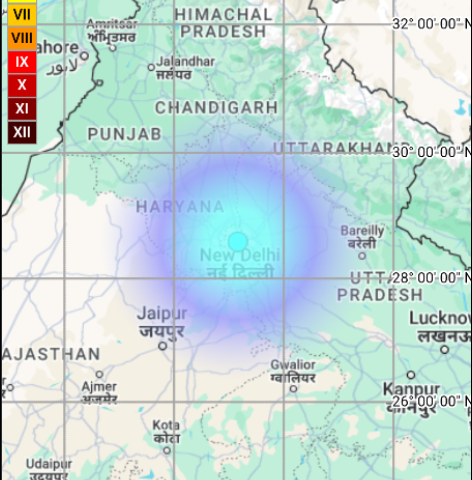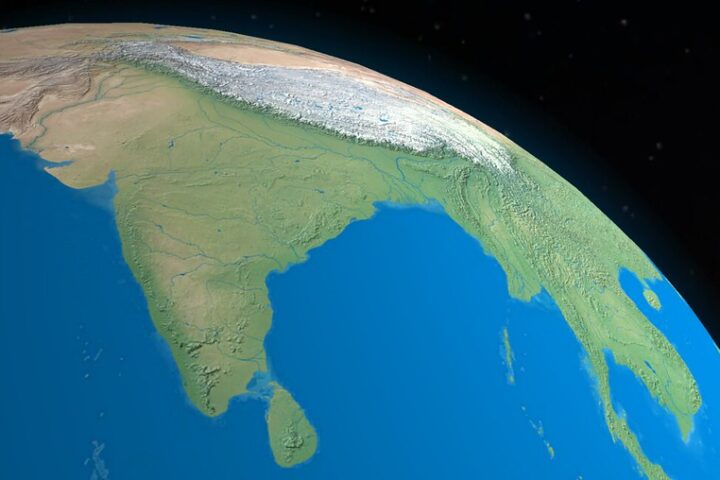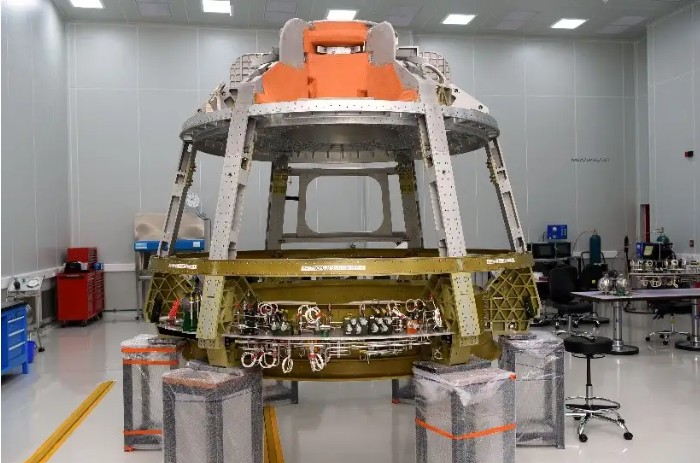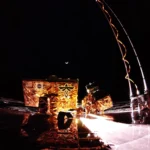As the celestial canvases unveil mysteries from our nearest cosmic companion, the Moon, India’s space aspirations are soaring sky-high. The Chandrayaan-3 lunar mission, orchestrated by the Indian Space Research Organisation (ISRO), offers a fresh vantage point, placing the nation on the cusp of space exploration triumphs.
Sailing on an ambitious trajectory since its launch on July 14, this spacecraft has deftly maneuvered through cosmic obstacles, heading for an iconic rendezvous with the Moon’s South Pole—a region untouched by any other country’s lunar missions thus far. It’s not just about the glory of firsts but also the strategic decision to explore an area believed to harbor vast reserves of water-ice, critical for long-term lunar exploration.
Given the previous experience with Chandrayaan-2, ISRO’s trajectory with Chandrayaan-3 seems more refined. Though the excitement surrounding the mission is palpable, it is also paired with a blend of pragmatism. After all, ISRO is attempting to perfect a feat that eluded them once—executing a flawless soft landing on the lunar surface.
Costing around 6-billion-rupees (approximately $73 million), Chandrayaan-3’s investment in advanced technology is evident. The captivating images shared on its official Twitter handle not only display the craft’s advanced imaging capabilities but also provide a surreal, tangible connection between Earth and its satellite.
However, the journey is fraught with challenges. Landing near the moon’s south pole is technically demanding due to its rugged terrain, prolonged shadows, and frigid conditions. Beyond the landing, Vikram—the mission’s lander—and the rover Pragyan have roughly 14 Earth days to complete their objectives. The narrow operational window, limited by the chilling lunar nighttime, makes every moment crucial.
While Chandrayaan-3’s goals echo its predecessors’, the mission represents a bold step forward in ISRO’s lunar exploration vision. Success here could cement India’s place among an elite group, alongside the US, former Soviet Union, and China, in achieving soft lunar landings.
However, with great achievements come great risks. Space exploration is a double-edged sword, teetering between grand successes and catastrophic failures. ISRO is under immense pressure to ensure the Chandrayaan-3 mission’s success, given the implications it holds for India’s standing in the international space community.
So, as the countdown begins for the next crucial orbit maneuvers leading to the anticipated landing on August 23, space enthusiasts and experts alike are watchful. The outcome could shape India’s space narrative for decades to come, either as a testimony to its unparalleled prowess or as a lesson in resilience and perseverance.
In the grand cosmic theatre, Chandrayaan-3 is more than just a mission; it’s a symbol of India’s unyielding spirit to reach out and touch the stars, one lunar milestone at a time.

